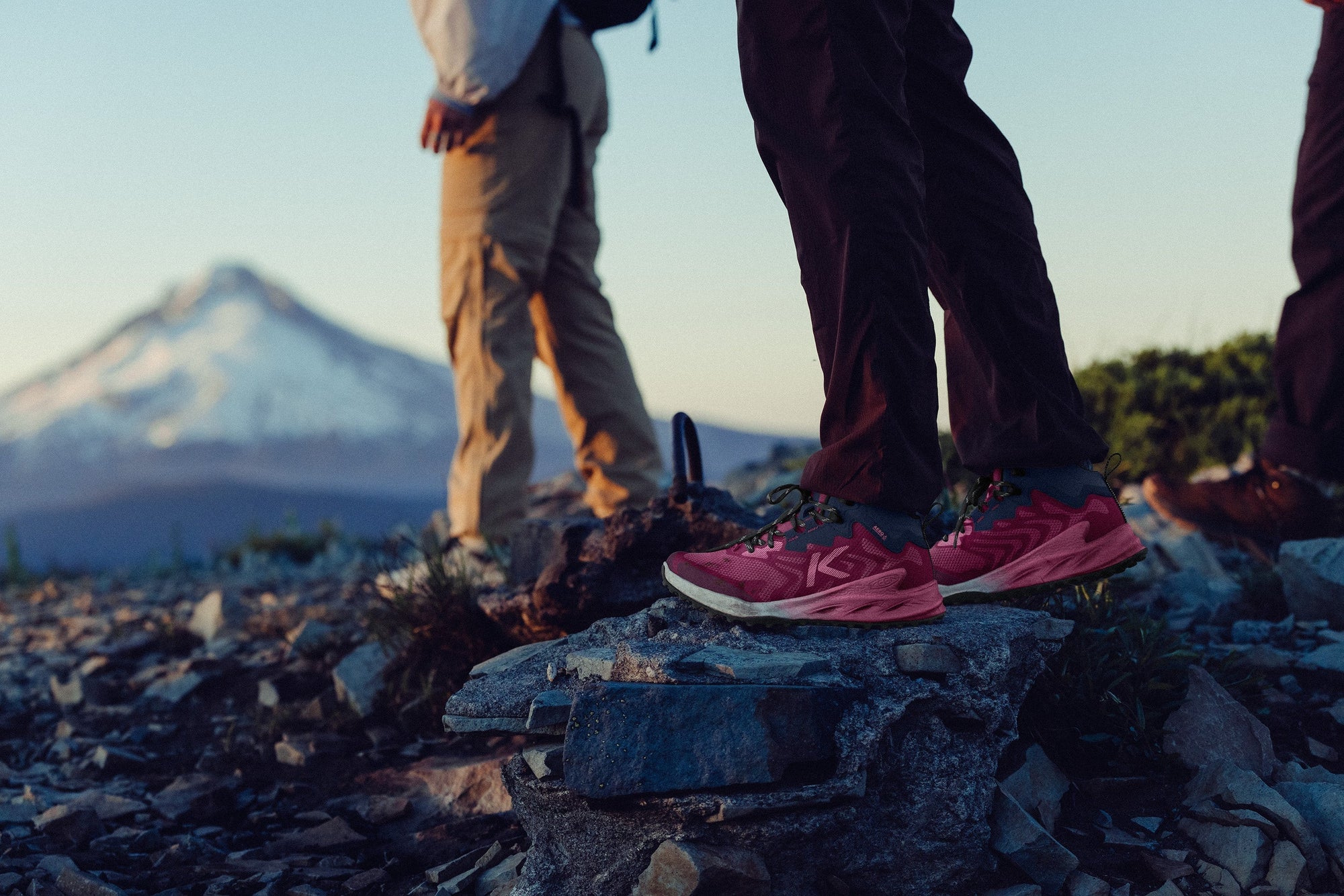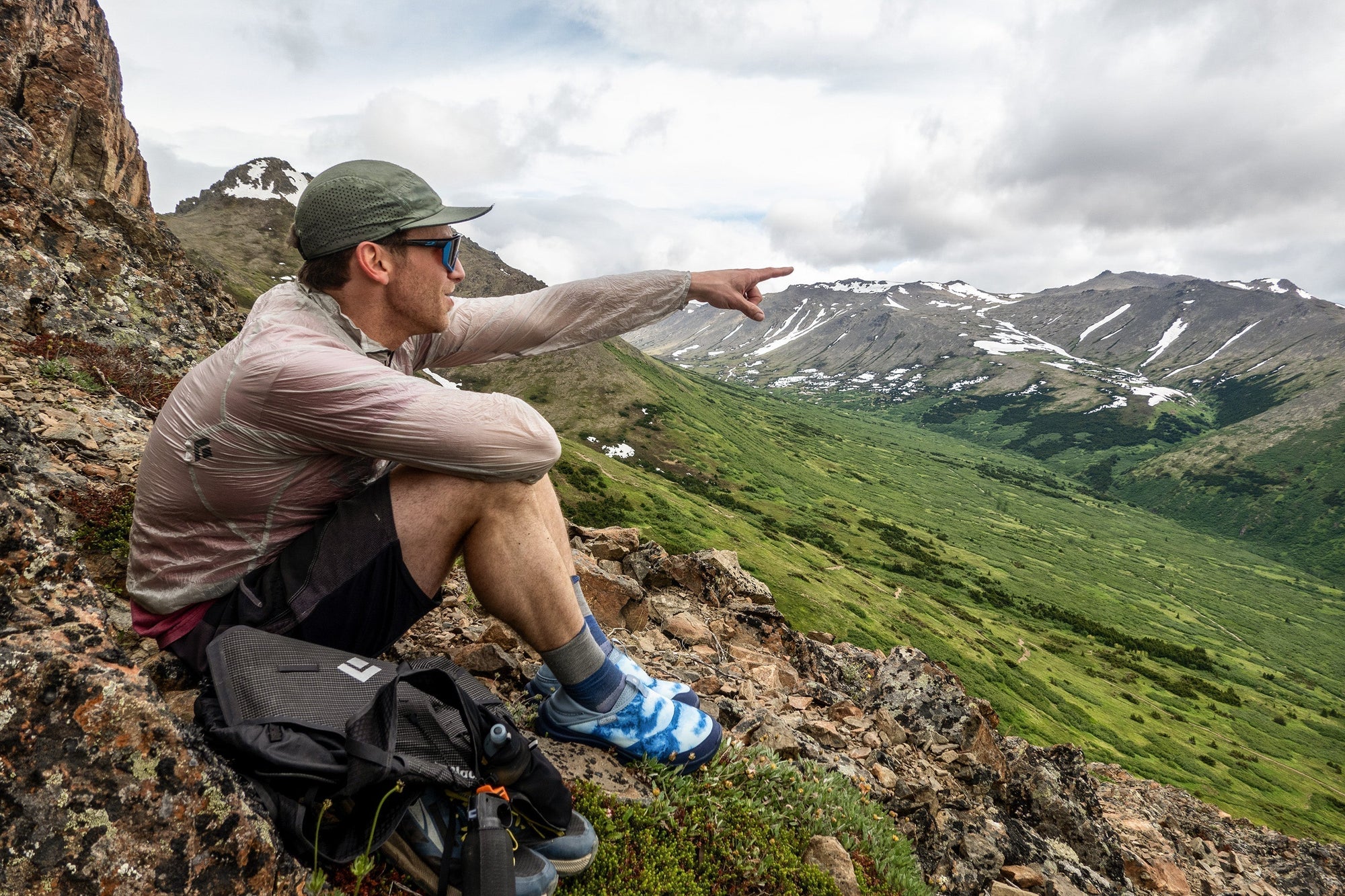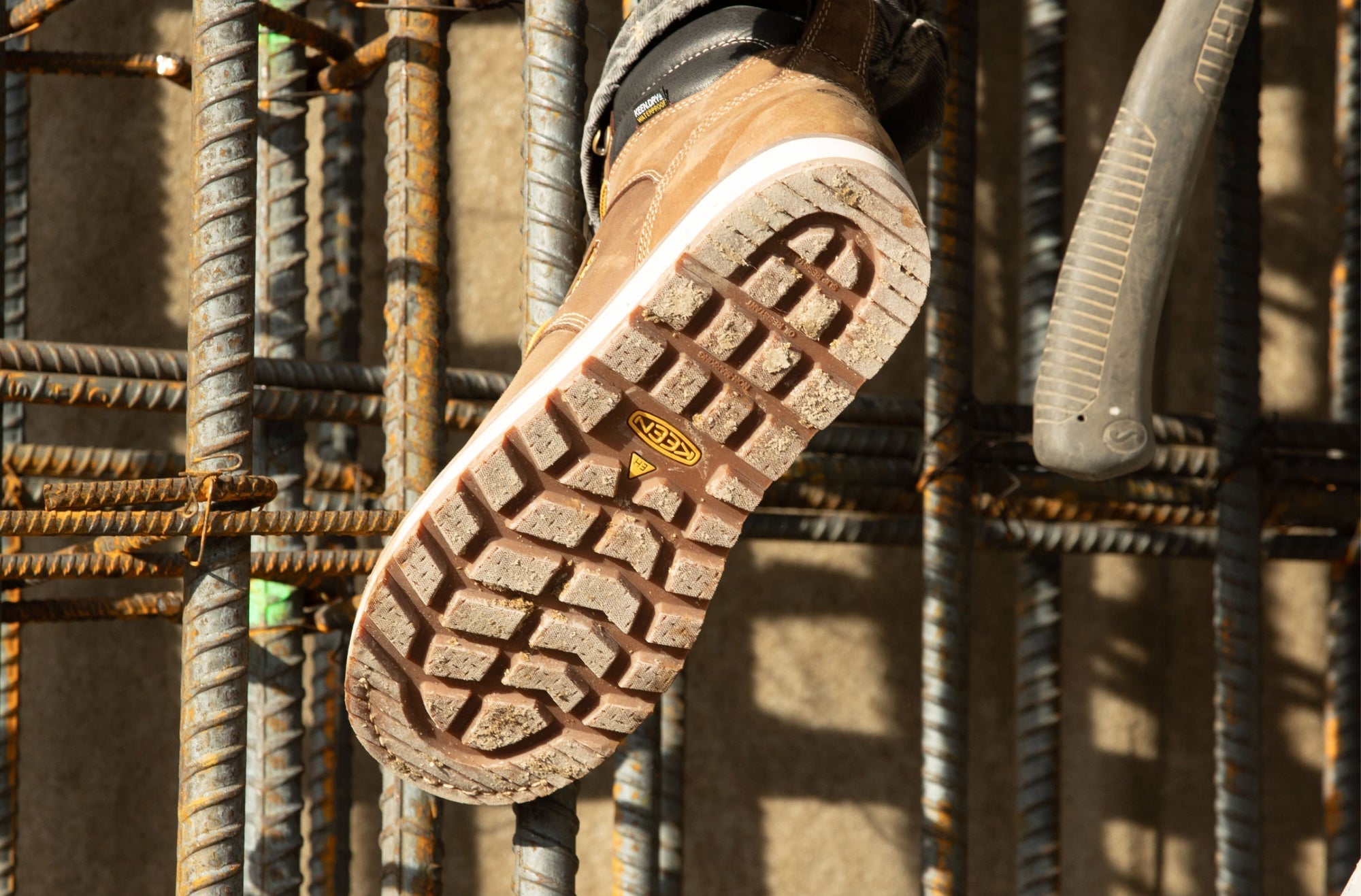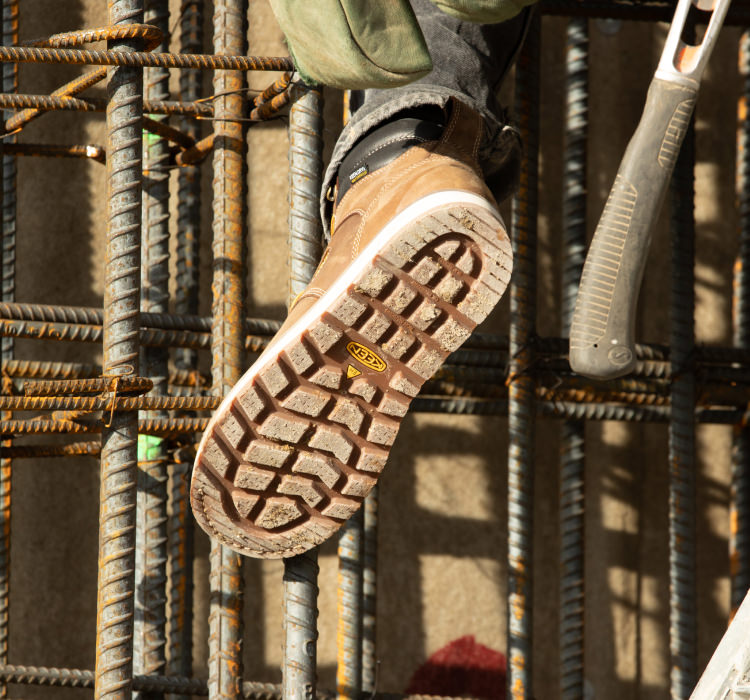Make no bones about it, spending time outside together is one of the highlights of being a dog-parent. The combination of fresh air, beautiful views, and the music of chittering birds and the wind rustling across the landscape never disappoints. For a dog, that trifecta is nothing but a catalyst for joy — and the sheer, unrestrained expression of joy, ZOOMIES!
One of our favorite ways to soak-in outside time with our dogs is to take them camping. But, for those new to camping, or those new to camping with canines, figuring out what to pack and how to make the experience low on the stress scale (or stress-free!) can be overwhelming. To help get you started, we answered some of the most commonly asked questions about camping with your dog. Hopefully, soon, you’ll be delighting in the exchange of early morning dog breath, giggling over upside-down sleeping bag wiggles, and watching tail-wagging tent dreams.
Can I Camp With My Dog Anywhere?
Although more and more places are becoming dog-friendly (yay!), it’s always best to check for any red tape before you plan a weekend away. Bring Fido has a wonderful list of resources for finding dog-friendly campgrounds, but you can also check National Forest Service, National Park Service, or other national area management websites for rules about bringing along your furchild. There’s nothing worse than showing up to camp and spotting a “NO DOGS ALLOWED” sign, so if you have any doubts, call ahead.
What Should I Feed My Dog At Camp?
If you’re car camping or staying in a developed campground where pack weight isn’t a concern, bringing dry kibble, or whatever regular dog food your pup eats, is as easy as throwing a container in the car. It’s smart to chat with your vet about possible increases in calorie needs if you plan on having an active trip or if the weather will be colder than you are used to (shivering burns a lot of calories!). If you’re backpacking somewhere to camp in the backcountry, there are some companies that make dehydrated dog food you can rehydrate with warm water — like human backpacking meals! — and those can reduce the amount of weight and the space needed to bring along your BFF’s food. Always remember to introduce any diet changes gradually and in advance so you don’t create any GI upset that could ruin an otherwise peaceful camping experience.
Do We Share A Sleeping Bag?
The simple answer is, it depends. Is your dog a professional cuddler? Or do they prefer to have their own space while they sleep? If you’re camping in colder weather, and you aren’t planning on playing “big spoon and little spoon,” it’s a good idea to bring some extra layers for your dog. This can mean either a dog-sized foam sleeping pad (less likely to tear under sharp claws) and a cozy blanket or a canine sleeping bag. You can also keep things simple by bringing a warm dog jacket and an easy-to-pack dog bed.

On left: furry paws. On right: kids' waterproof Howser Chukka.
Does My Dog Need to Be Leashed At Camp?
If the area you’re camping in requires leashes, then yes, you really do need to keep your dog on a leash. Often, these rules are designed to help protect other campers’ experience — we hate to say it but, not everyone loves dogs as much as we do — while also keeping resident wildlife safe and calm. Leashes can also reduce any anxiety for your dog, especially if it’s their first experience camping, since they will never be far from your side. ❤️
What About Other Critters?
Depending on what kind of dog you have, the drive to chase other animals (like squirrels and deer) might be pretty high. If you’re camping in an area where your dog is allowed to be off-leash, teaching them the “leave it” and “come” commands can help prevent them from harassing wildlife — or getting lost on the hunt. If you have doubts about your dog’s impulse control, it’s always better to leash them, high-line them, or tie them up to prevent stress for you, any neighboring campers, and the wildlife who make the area their home.
How Can I Leave No Trace?
Whether you’re staying at a managed campground, venturing out to find a dispersed camping site, or are camping out of your vehicle, it’s always best practice to leave the places you visit at least as good as they were when you arrived. Or, better yet, leave them better than you found them. Some general guidelines to follow when you’re camping with dogs are:
• Clean up your doggo’s poop using pick-up bags. And dispose of the filled bags in an appropriate trash can or disposal site.
• If you’re sleeping at a dispersed site or in a wilderness area that recommends burying human waste, you can bury the poop (just like how you bury yours!).
• In a perfect world, your dog won’t dig holes but if they get carried away during a zoomie, remember to carefully and completely fill the holes in before you leave. Holes not only damage the habitat but they also make it less appealing for future campers to use the space.
• If you’re camping in an alpine environment, try to prevent your dog from urinating or “marking” on any alpine vegetation. This behavior can attract other wildlife that might eat or destroy the delicate ecosystem fostered by these plants.
What If My Dog Gets Hurt?
Woof. One of our biggest fears! Fortunately, most of the basic items found in a human first aid kit can also be useful when treating any scrapes, cuts, or bites your dog might get at camp. Having clean, fresh water on-hand is a must for cleaning out debris before bandaging or treating small wounds but aside from that, there are a few commonly used items that can make dealing with normal bumps and bruises in the wild quick and easy. Here are our top 5:
Tick tweezers – Depending on where you live, ticks might be a problem you need to be prepared to handle. Just like humans, dogs can contract tick-borne diseases so it’s important to act quickly and remove ticks as soon as possible. It’s also a good idea to check your dog for ticks before they crawl into bed with you 😉
Vet wrap – This stretchy stuff is helpful for keeping gauze or other bandaging material in place, as well as helpful in supporting a strain (if you know what you’re doing). One of the big benefits of using vet wrap vs. medical tape is that it won’t stick and snag on your dog’s coat (ouch!).
Gauze – Gauze is an amazing tool for providing comfort and absorbing body fluids in most minor injuries. If you’ve ever received a cut that bled a lot or pulled a nasty splinter out of your foot, you’ll understand why. And your dog will thank you for bringing it along if you have to use it.
Socks/booties – These can be especially important during hot weather. Hot surfaces can burn and damage sensitive dog paws so it’s always important to keep an eye on the temperature of the ground (even sand can be scalding!) throughout the day. Booties or dog socks can serve as a barrier against those surfaces and they can also help protect paws from other abrasive surfaces.
Topical antibiotic – Definitely check with your vet on which kind you should use (not all over-the-counter topicals are dog-safe) but having a way to prevent minor infections in small wounds and soothe pain can help you — and Fido — breathe a sigh of relief if you’re hours or days away from a vet clinic.
Every new experience comes with a learning curve. But, with a little love from your four-legged bestie, enthusiasm for being outside, and lots of excellent snacks (never forget to pack snacks!), that learning curve can go from steep to joyful. So, grab your gear, kiss your pup, and head outside to enjoy a night (or few) under the stars.












